How K-12 enrollment has changed in every state during COVID-19
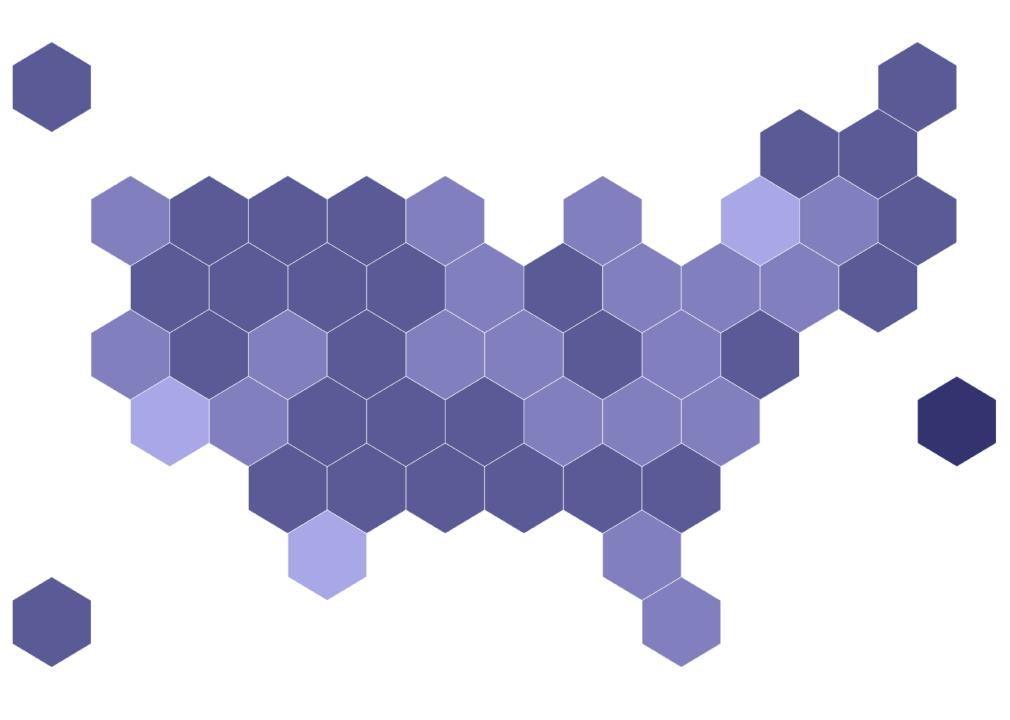
HeyTutor
How K-12 enrollment has changed in every state during COVID-19
It’s no secret the world of education was upended by the COVID-19 pandemic. From virtual learning to mask mandates, classrooms look far different than they did in pre-pandemic times. Although some of the classroom chaos seen during the spring 2020 semester has calmed, how K-12 education should proceed is a hot debate in many school districts across the nation.
According to the Centers for Disease Control and Prevention, as of Jan. 13, 2022, vaccination is the best way to lessen the spread of COVID-19 in K-12 schools. The CDC also recommends that all students and staff wear masks indoors and keep a 3-foot distance from each other during in-person learning. However, vast swathes of states and school districts are lifting their mask mandates for educational institutions in spite of the CDC’s guidance as COVID-19 cases decline.
All of this dissonance and division has led to overall decreases in enrollment of K-12 students. After an increase in K-12 enrollment of about 147,000 students nationwide between the 2018-2019 and 2019-2020 academic years, the decrease in enrollment of more than 1.3 million students between the 2019-2020 and 2020-2021 academic years is staggering. To explore this situation more, HeyTutor investigated how K-12 enrollment has changed in every state and Washington D.C. during the COVID-19 pandemic, using data from the National Center for Education Statistics.
Read on to learn about national trends in K-12 enrollment and see which states have pulled away from the pack.
![]()
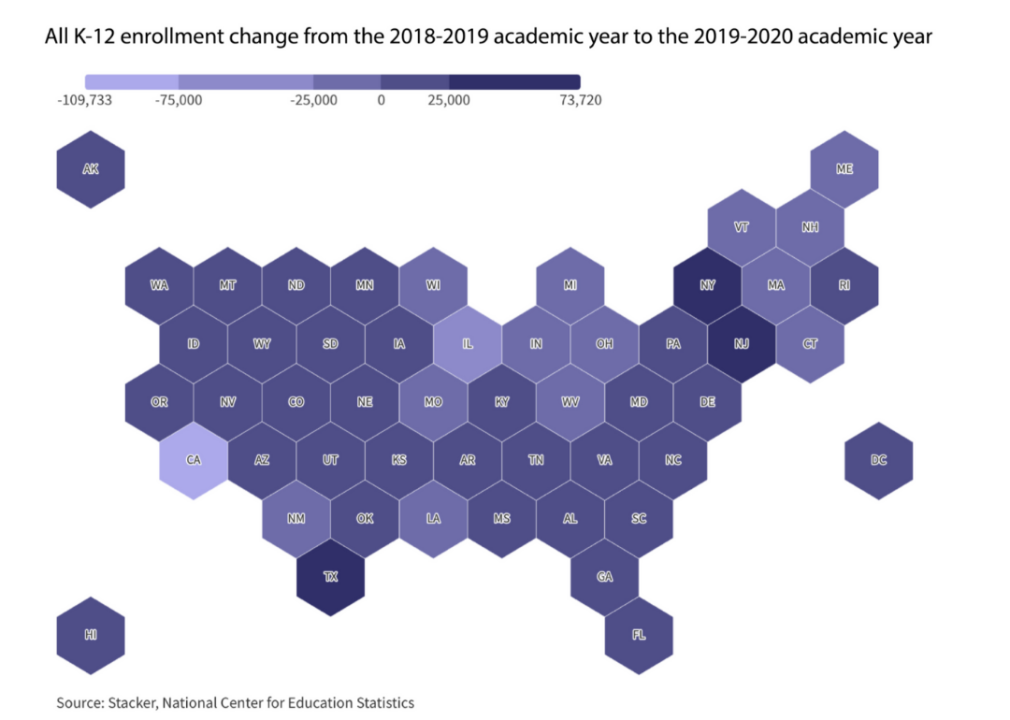
HeyTutor
Between the 2018-2019 and 2019-2020 school years, K-12 enrollment increased in more than half of states
Before the COVID-19 pandemic began, K-12 enrollment rates were promising. Thirty-six of the 50 states, including Washington D.C., saw an increase in enrollment and an additional 13 states saw a drop of less than 6,000 across all grade levels, which shows a relatively stable education ecosystem.
The two outliers, in this case, are Illinois and California, which saw a decrease in enrollment of about 40,000 and 110,000 students, respectively. However, both Illinois and California fall within the five largest state education systems in the country, so this large dip in enrollment, though concerning, is less impactful overall given their vast size.
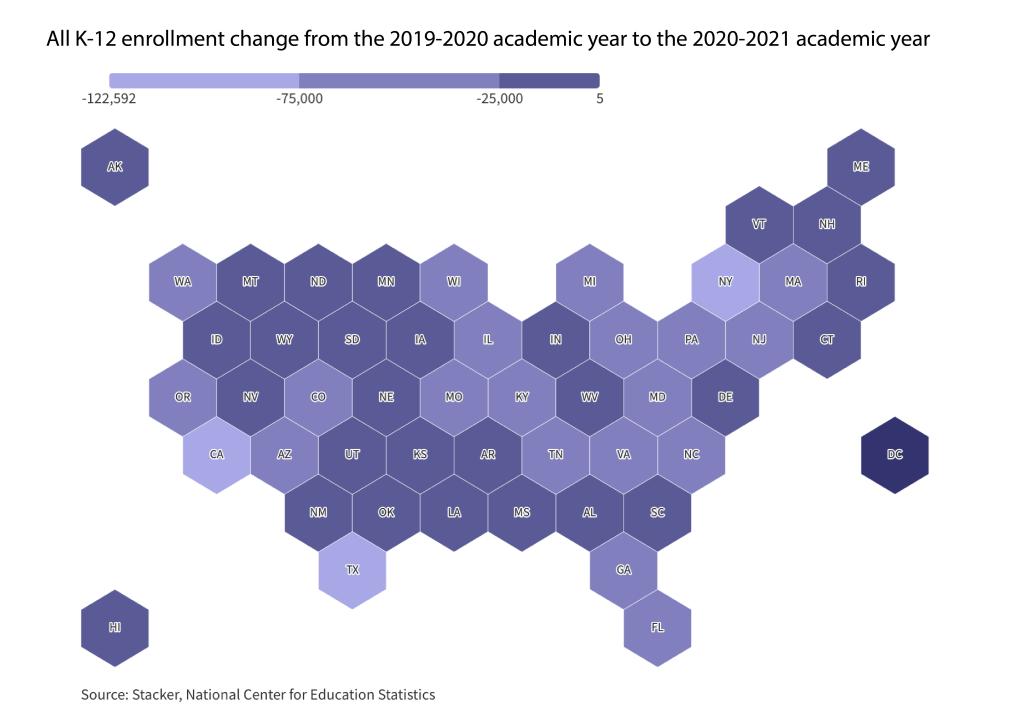
HeyTutor
After the COVID-19 pandemic began in March 2020, K-12 enrollment decreased in nearly all states
The onset of the COVID-19 pandemic turned K-12 enrollment on its head. Due to many concerns, including the physical safety of students, overall K-12 enrollment plummeted between the 2018-2019 and 2019-2020 school years in all states. The exception to this trend was Washington D.C., where enrollment increased by five students, though this more accurately indicates stability as opposed to growth given Washington D.C. schools enroll nearly 90,000 students each year.
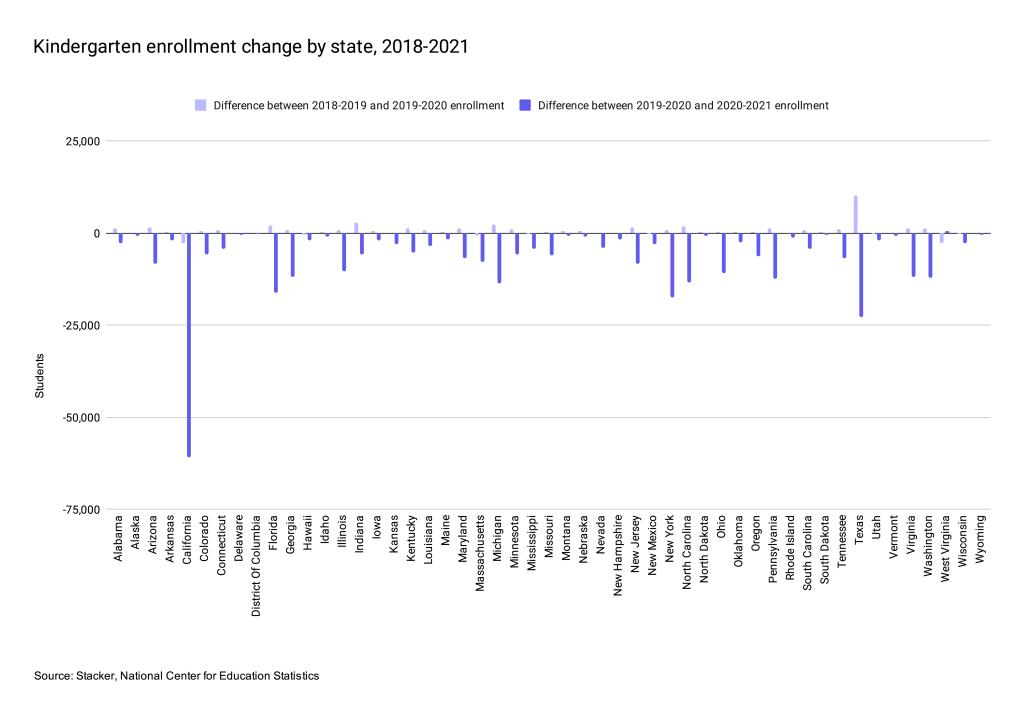
HeyTutor
Kindergarten enrollment is tanking nationwide
For years, the debate about delaying kindergarten enrollment for children has been brewing. The practice, called “redshirting,” is intended to give students an edge when competing against their peers, as they are given an additional year to grow and mature before beginning their studies. Though the practice has not become overwhelmingly popular, the COVID-19 pandemic certainly changed parents’ minds about kindergarten enrollment for the 2020-2021 school year.
Kindergarten enrollment in all 50 states and Washington D.C. decreased between the 2019-2020 and 2020-2021 school years in every state, with the exception of West Virginia. Overall kindergarten enrollment in West Virginia had been decreasing sharply between the 2018-2019 and 2019-2020 school years, but the onset of the pandemic flipped that trend. The working theory: Far more students enrolled in private schools than public schools. This has been a broader trend in West Virginia for a number of years and seems to have surfaced strongly for the youngest students.
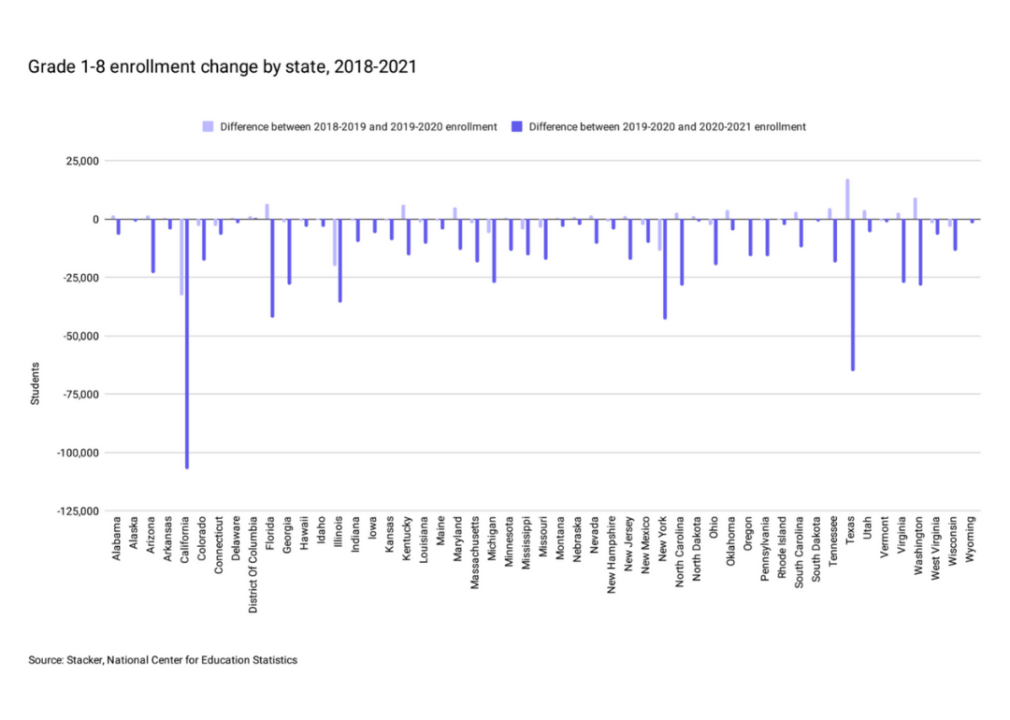
HeyTutor
Enrollment in grades 1-8 is following the same trend as kindergarten enrollment
Grade school enrollment for students in first through eighth grade was stalling even before COVID-19 hit the U.S. Between the 2018-2019 and 2019-2020 academic years, about half of states were already seeing a decrease in enrollment for these grades. By the 2020-2021 school year, that trend expanded to all but one area: Washington D.C. About 650 additional students enrolled for grades one through eight for the 2020-2021 school year in Washington D.C., demonstrating the growth of approximately 1%.
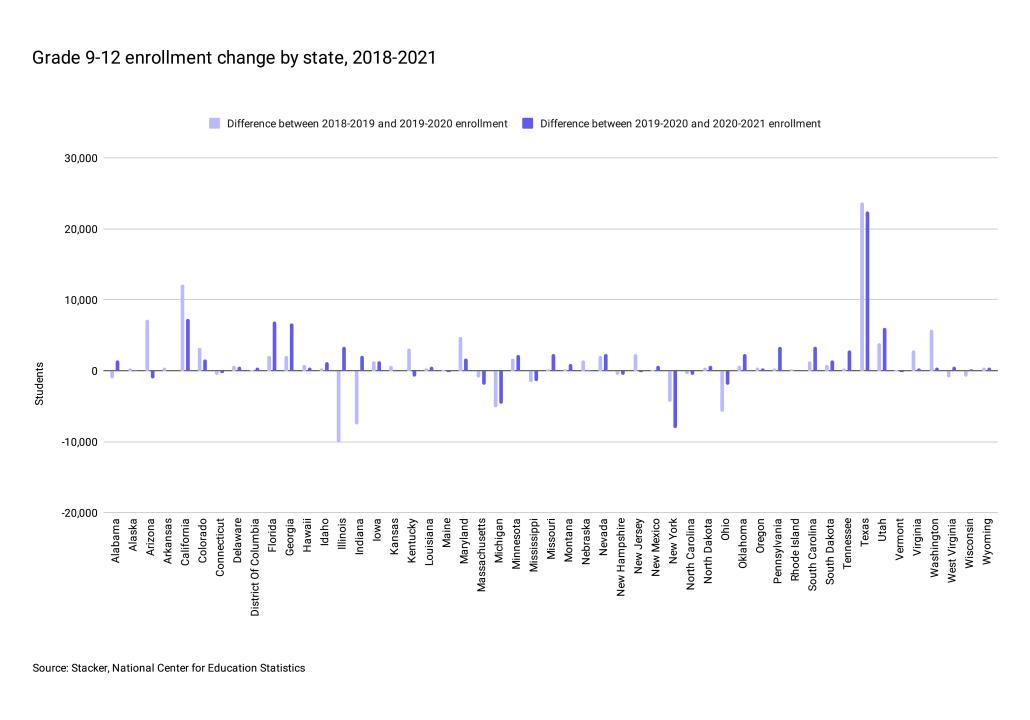
HeyTutor
Despite the pandemic, enrollment in grades 9-12 is increasing in nearly three-quarters of states
Bucking the trend set by K-8 enrollment, the number of students pursuing a high school education is continuing to generally increase. Thirteen states saw a decline in enrollment for grades nine through 12 between the 2018-2019 and 2019-2020 academic years. For the 2019-2020 and 2020-2021 school years, 16 total states saw a decline in high school enrollment. Despite the decline expanding to three additional states, it shows that overall enrollment in high school was impacted far less by COVID-19 than other grade levels.
This story originally appeared on HeyTutor
and was produced and distributed in partnership with Stacker Studio.